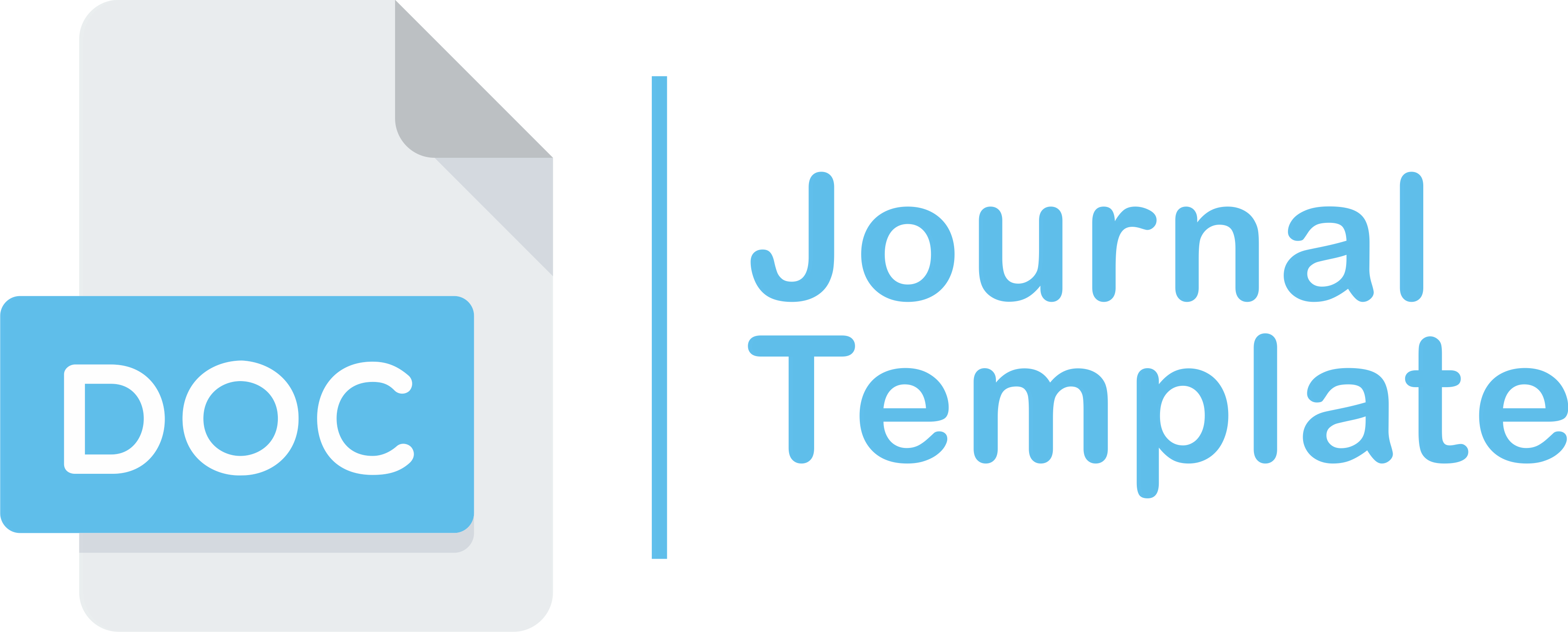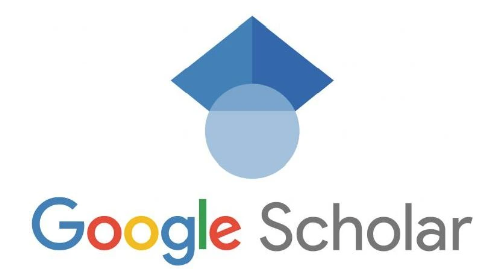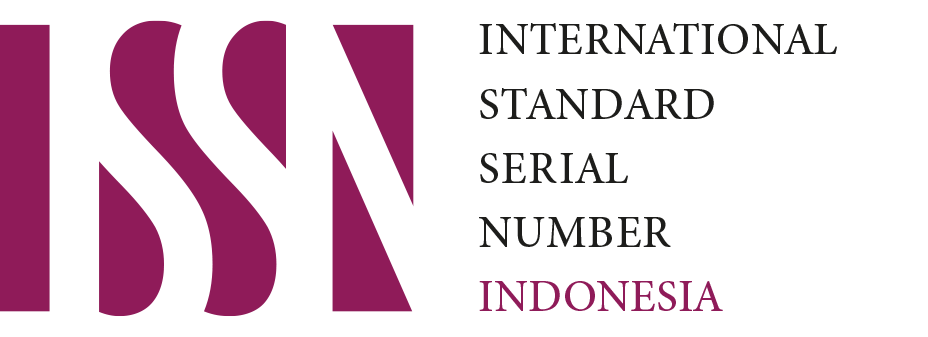Augmented Reality (AR) as a Learning Tool for Computer Engineering Technical Skills
Kata Kunci:
Augmented Reality, Technical Skills, Computer Engineering, Immersive Learning, Mixed-Methods ResearchAbstrak
Augmented Reality (AR) has emerged as a transformative tool in technical education, particularly in computer engineering. This study evaluates AR’s effectiveness in enhancing practical skills through a mixed-methods approach involving 60 students divided into an AR-trained experimental group and a control group using traditional methods. Quantitative analysis revealed a significant improvement in post-test performance for the AR group (M = 88.1, SD = 6.3) compared to the control group (M = 75.3, SD = 8.1), with a large effect size (Cohen’s *d* = 3.14). Qualitative findings highlighted reduced anxiety, deeper conceptual understanding, and higher engagement among AR users. Despite challenges such as hardware requirements and content development, the study suggests that AR integration, coupled with instructor training, can significantly enhance technical education. Recommendations include institutional investment in AR tools and further research on long-term skill retention and scalability. The findings affirm AR’s potential as an immersive and interactive learning medium, bridging the gap between theory and practice in engineering education.
Referensi
M. R. Wayahdi, F. Ruziq, and S. H. N. Ginting, “AI approach to predict student performance (Case study: Battuta University),” J. Sci. Soc. Res., vol. 7, no. 4, pp. 1800–1807, 2024.
M. R. Wayahdi and M. Zaki, “The role of AI in diagnosing student learning needs: Solutions for more inclusive education,” Int. J. Educ. Insights Innov., vol. 2, no. 1, pp. 1–7, 2025.
A. Hasbi and M. Yunus, "A systematic review of augmented reality in english language learning", International Journal of Academic Research in Progressive Education and Development, vol. 10, no. 2, 2021. https://doi.org/10.6007/ijarped/v10-i2/9218
A. Ashley-Welbeck and D. Vlachopoulos, "Teachers’ perceptions on using augmented reality for language learning in primary years programme (pyp) education", International Journal of Emerging Technologies in Learning (Ijet), vol. 15, no. 12, p. 116, 2020. https://doi.org/10.3991/ijet.v15i12.13499
F. Aldeeb, O. Sallabi, M. Elaish, & G. Hwang, "Enhancing students' learning achievements, self‐efficacy, and motivation using mobile augmented reality", Journal of Computer Assisted Learning, vol. 40, no. 4, p. 1823-1837, 2024. https://doi.org/10.1111/jcal.12989
C. Rodríguez-Abad, J. Iglesia, A. Martínez-Santos, & R. Rodríguez‐González, "A systematic review of augmented reality in health sciences: a guide to decision-making in higher education", International Journal of Environmental Research and Public Health, vol. 18, no. 8, p. 4262, 2021. https://doi.org/10.3390/ijerph18084262
M. Jawaid, Z. Siddiqui, A. Siddiqui, & M. Karim, "Augmented reality: a new learning experience among health care professionals", Biomedica, vol. 37, no. 3, p. 1-14, 2021. https://doi.org/10.51441/biomedica/5-500
S. Barteit, L. Lanfermann, T. Bärnighausen, F. Neuhann, & C. Beiersmann, "Augmented, mixed, and virtual reality-based head-mounted devices for medical education: systematic review", Jmir Serious Games, vol. 9, no. 3, p. e29080, 2021. https://doi.org/10.2196/29080
N. Jiang, Z. Jiang, Y. Huang, M. Sun, X. Sun, Y. Huanet al., "Application of augmented reality models of canine skull in veterinary anatomical education", Anatomical Sciences Education, vol. 17, no. 3, p. 546-557, 2024. https://doi.org/10.1002/ase.2372
C. Peterson, S. Tavana, O. Akinleye, W. Johnson, & M. Berkmen, "An idea to explore: use of augmented reality for teaching three‐dimensional biomolecular structures", Biochemistry and Molecular Biology Education, vol. 48, no. 3, p. 276-282, 2020. https://doi.org/10.1002/bmb.21341
M. Ez-Zaouia, I. Marfisi-Schottman, M. Oueslati, C. Mercier, A. Karoui, & S. George, "A design space of educational authoring tools for augmented reality",, p. 258-268, 2022. https://doi.org/10.1007/978-3-031-22124-8_25
S. Osman, "The effect of augmented reality application toward student’s learning performance in pc assembly", International Journal of Advanced Trends in Computer Science and Engineering, vol. 9, no. 1.4, p. 401-407, 2020. https://doi.org/10.30534/ijatcse/2020/5791.42020
Y. Jeon, J. Ji, & H. Hong, "Development and evaluation of a marker arrangement-based mobile augmented reality application for learning covalent and ionic bonding in the high school curriculum", Journal of Chemical Education, vol. 101, no. 3, p. 1130-1138, 2024. https://doi.org/10.1021/acs.jchemed.3c01316
S. Taha, E. Abulibdeh, H. El-Gendi, H. Almarashdi, E. Alghazo, I. Mostafaet al., "Exploring media and communication students’ perception of egyptian universities’ use of augmented reality in learning", Studies in Media and Communication, vol. 11, no. 4, p. 209, 2023. https://doi.org/10.11114/smc.v11i4.6121
C. Wong, K. Tsang, & W. Chiu, "Using augmented reality as a powerful and innovative technology to increase enthusiasm and enhance student learning in higher education chemistry courses", Journal of Chemical Education, vol. 98, no. 11, p. 3476-3485, 2021. https://doi.org/10.1021/acs.jchemed.0c01029
J. Figueroa and L. Huffman, "Integrating ar and vr in teacher education: what pre-service teachers perceive", Frontiers in Education Technology, vol. 3, no. 4, p. p5, 2020. https://doi.org/10.22158/fet.v3n4p5.
G. Singh, A. Mantri, O. Sharma, R. Dutta, and R. Kaur, "Evaluating the impact of the augmented reality learning environment on electronics laboratory skills of engineering students," Comput. Appl. Eng. Educ., vol. 27, no. 6, pp. 1361-1375, 2019.
N. Suhail, Z. Bahroun, and V. Ahmed, "Augmented reality in engineering education: Enhancing learning and application," Front. Virtual Real., vol. 5, p. 1461145, 2024.
Unduhan
Diterbitkan
Terbitan
Bagian
Lisensi
Hak Cipta (c) 2025 Journal of Technology and Computer

Artikel ini berlisensi Creative Commons Attribution 4.0 International License.














